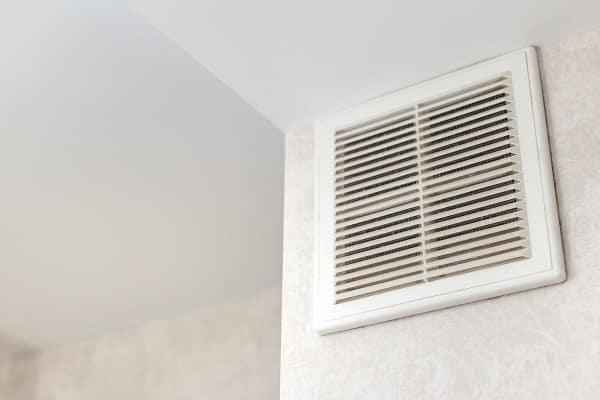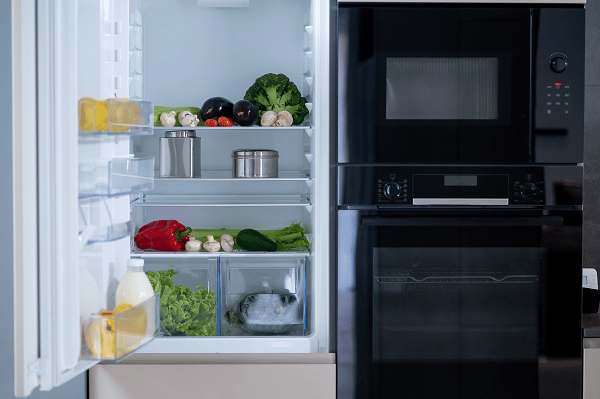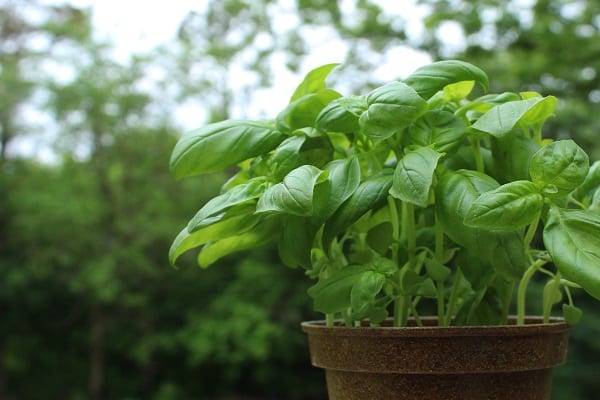Mold is a fungus that can be found both indoors and outdoors. Unfortunately, it grows in warm, moist environments and can cause health problems in people exposed to it. And while most people know to look for mold in damp basements or humid bathrooms, there are a few other places that mold likes to hide. There are several other unexpected places you may find it in your home. This article is here to help you find those places and eliminate the mold once and for all.
Contents
The Dangers Of Mold In Your Home

While mold is generally considered unsightly, it can pose a serious health risk. Inhaling mold spores can cause respiratory problems, and people with allergies or asthma may be particularly susceptible. In severe cases, mold exposure can lead to autoimmune diseases and chronic fatigue syndrome. Mold can also cause structural damage to your home, as it feeds on wood and drywall.
If you suspect that you have a mold problem in your home, it’s important to take action immediately. You can start by increasing ventilation and removing any wet or damp materials. You may also consider using a dehumidifier to help dry the air. With a little effort, you can help to prevent mold growth in your home and keep your family safe.
Unexpected Places Mold Hides
Mold loves warm, moist environments, so it’s no surprise that it can be found in some unexpected places. Especially in your home, where there are plenty of dark, hidden corners for mold to grow. Here are a few places you may not have thought to look for mold:
Inside Your Air Conditioner

Many people are surprised to learn that mold can grow in their air conditioners. After all, air conditioners are designed to circulate and filter the air, so how can mold manage to take hold? The answer lies in the fact that air conditioners create the perfect environment for mold spores to thrive.
First of all, air conditioners provide a constant source of moisture, which mold needs in order to grow. In addition, air conditioners rely on a system of ducts and coils to circulate air, and these surfaces provide an ideal breeding ground for mold spores. As a result, it’s important to have your air conditioner regularly cleaned and serviced to prevent mold growth.
On Your Appliance Seals

If you’ve ever found mold growing on your appliance seals, you know how unsightly and difficult it can be to remove. But you may not realize that this type of growth is quite common – and it’s often the result of improper cleaning. So when cleaning your seals, be sure to use a gentle cleanser and avoid scrubbing too vigorously. You should also dry the seals thoroughly after cleaning to prevent mold from taking hold.
In addition, it’s important to keep your seals clean regularly. This will help to prevent the buildup of dirt and moisture that can lead to mold growth. With a little care, you can keep your appliance seals looking like new.
Under Your Sink

Another place mold commonly grows is under the sink. Because sinks are frequently used for washing dishes and handwashing, they are often wet. This provides the perfect environment for mold to grow. In addition, sinks often have small cracks or leaks. These leaks provide a source of water for mold to thrive.
If you notice mold growing under your sink, it’s important to take action to prevent it from spreading. Begin by cleaning the area with a mixture of bleach and water. Then make sure to repair any leaks so that the area stays dry. By taking these steps, you can help to prevent mold from taking over your home.
Around Your Water Heater

Most people think of mold as something that can only grow in damp, dark places. However, mold can thrive in various environments, including around your water heater. Mold generally requires three things to grow: moisture, warmth, and food. Your water heater provides two of those things – warmth and humidity. The food source for mold can come from a variety of places, including dust, lint, and even the water itself.
Because mold can grow quickly and spread easily, it’s essential to take action if you notice it around your water heater. Begin by cleaning the area with a bleach solution. Then call a professional to inspect your water heater and ensure it is functioning correctly. Your water heater is an important part of your home, and it’s important to take care of it.
On Your Potted Plants

Potted plants are a popular way to add greenery to indoor spaces, but they can also be a breeding ground for mold. Mold thrives in moist environments, and the damp soil of potted plants provides the perfect conditions for mold growth. The first sign of mold growth is usually small black or white spots on the plant’s leaves. If left unchecked, mold will spread quickly and can eventually kill the plant.
While some chemical treatments can kill mold, the best way to prevent it from taking hold in the first place is to make sure that your potted plants have adequate drainage. Make sure to empty any water that collects in the saucer beneath the pot, and consider placing a layer of gravel at the bottom of the pot to help keep the soil from becoming too soggy. By taking these simple precautions, you can help keep your potted plants healthy and free from mold.
In Your Ductwork

Many people are aware that mold can grow in damp, dark places like basements and crawl spaces. However, some people don’t realize that mold can also grow in your ductwork. Ductwork is the system of pipes and vents that carries air throughout your home. It’s usually made of metal, which is a material that mold loves to grow on. Mold can enter your ductwork through gaps and cracks.
Once it’s inside, it can quickly multiply and spread throughout the system. In addition to causing health problems, mold can lead to decreased air quality and utility bills. If you suspect mold in your ductwork, it’s important to have it professionally cleaned as soon as possible. Doing so will help to improve the quality of your indoor air and protect your family from potential health problems.
Behind Your Wallpaper

If you’ve ever had mold growing behind your wallpaper, you know it can be a real pain to get rid of. Not only is it unsightly, but it can also cause serious health problems if left untreated. So how does mold get behind wallpaper in the first place? It usually happens when there’s a leak in the walls, causing water to seep behind the paper. Once the mold takes hold, it can be tough to get rid of.
The best way to prevent mold growth is to fix any leaks ASAP and check for signs of dampness, such as musty odors or discolored wallpaper. If you do find mold, don’t try to remove it yourself; always call in a professional who will know how to get rid of it safely.
Know The Places Mold Hides In Your Home!
Mold is a common problem in many homes, but it should be taken seriously. Mold can cause health problems and damage your home, so it’s important to look for it. Keep an eye out for mold in unexpected places, such as the areas listed above. If you find a serious mold problem, always call a professional to help remove it safely. By taking some simple precautions, you can help keep your home mold-free and healthy.


